
Changing environment
With rapid development over the past decades, 798 has exploded into a center of Chinese contemporary art. But along with the flood of galleries and workshops also came tourists, cafes and gift shops. The number of shops increased particularly after 2008 when the financial crisis affected the art market.
By far Beijing's most popular art zone, 798 has long been criticized by artists and art institutions for its heavy commercial air. On weekends and holidays, the zone is usually crowded with tourists, who only look at exhibitions, take pictures, drink and eat but seldom buy, making it a scenic spot and free education base for contemporary art.
Lin stressed that the most fundamental reason for Hanmo's withdrawal is the change of environment. "It is getting overly fashion-oriented and restless, which I don't like to see in an art zone," Lin explained, linking the changing of 798 to the whole art market environment in China.
To Zhu Qi, another important reason for the galleries' withdrawal might be that they don't need to rely on galleries to sell artworks any longer and the market for galleries has thus dwindled.
"A large number of artworks are sold on various social occasions based on interpersonal relationships, as opposed to galleries or exhibitions," he told the Global Times, "Galleries that rely less on retail sales consider moving, particularly when rent increases."
Meanwhile, art creation in China seems to have entered a stage of equalization, lacking diversity, causing a decreasing number of good artworks and exhibitions, Zhu said. "The contemporary art is declining while society is fed enough to remain curious about avant-garde art."
Early this year, Arario Gallery, a decades-old gallery from South Korea, declared it would withdraw from Beijing after staying here for seven years, without moving to the 798 Art Zone as planned.
In explaining the reason, Kim Soo-hyun, director of Arario Gallery in Beijing, said, "The art market never recovered from the financial crisis and there is a temporary shortage of excellent young artists while the time for old famous artists has ended."
Another Myeong-dong?
As the most influential art zone displaying contemporary art, 798's important position in contemporary art is probably the main reason for people to worry about its future. Chen told the Global Times that being a commercial and scenic spot is inevitable given its fame, but they prefer galleries over commercial enterprises in choosing the lessees, attempting to curb the commercial trend.
He said they have no specific statistics at present about how many galleries moved out of the art zone last year, though he believed it is less than 34. "While some galleries withdraw, some are coming in as well. I guess it is a shuffling process driven by the market and the galleries' choices."
He added that several big galleries and artists including Goethe-Institute and Cao Yong, a Chinese American artist, will join in this year. "We chose Cao Yong because his style is different from many other artworks in the zone," Chen said, "We are trying to make the galleries more diversified."
But Zhu is not that optimistic. "Galleries flooded into the zone around 2008 when there was sufficient investment. Now, much investment has been withdrawn as the galleries failed to accumulate capital in the first stage, squeezed by auction houses and personal selling," Zhu said.
He added that 798 Art Zone will probably develop into another Myeong-dong area in South Korea, which was originally a zone for galleries and was finally overwhelmed by cafes and shops. "The development of art zones is unsustainable, particularly in a market-oriented environment," he concluded.


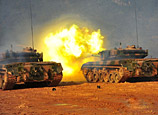
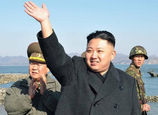
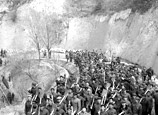

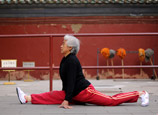

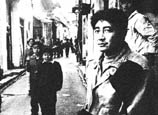








 Spring Style: Temperatures rise in south China cities
Spring Style: Temperatures rise in south China cities


![]()
